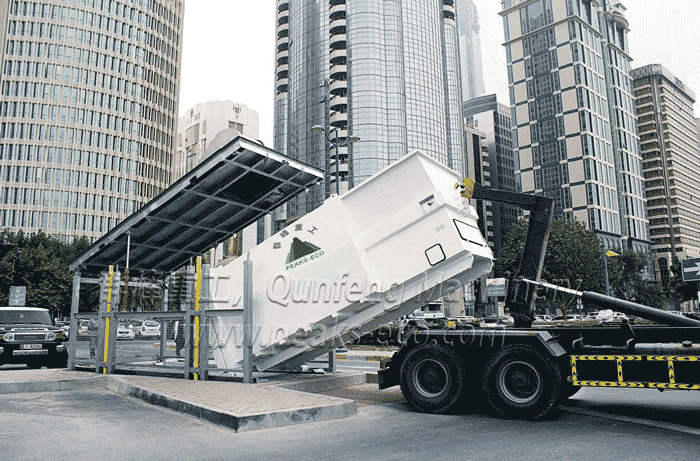What is an inflatable dam?
An inflatable dam is a temporary structure used to regulate the flow of water in a river or canal by inflating a flexible membrane to restrict or divert the water. This type of dam is often used for flood control, irrigation, or creating water reserves for hydroelectric power generation.
### How does an inflatable dam work?
#### 1. Installation:

To install an inflatable dam, the structure is placed across the waterway where it is needed. The dam consists of a fabric or rubber membrane reinforced with cables or other materials to provide stability.
#### 2. Inflation:
Once in position, the dam is inflated using air or water pressure. This causes the membrane to expand and block the flow of water. The inflation process can be controlled manually or automatically depending on the dam's design.
#### 3. Operation:
Once inflated, the dam acts as a barrier that can be adjusted to control the water level in the river or canal. By regulating the amount of air or water inside the dam, the flow of water can be slowed down, diverted, or stopped altogether.
### Benefits of inflatable dams:
See also:Revolutionizing Flood Control: Are Spillway Gates Effective?
EasyPro Pond Products CF23E Eco-Series 23” Waterfall ...
Key Questions to Ask When Ordering static dissipative trays
Key Questions to Ask When Ordering Shrink Film: A Buyer's Guide
Protect Your Electronics with Anti-Static Film Pouches: The Effective Barrier You Need
How to Choose the Right Engraving Machine For Dog Tags
The Ultimate Guide to ESD Bags: Types, Benefits, Where to ...
#### 1. Versatility:
One of the main advantages of inflatable dams is their versatility. They can be easily installed and removed as needed, making them ideal for temporary water control projects.
#### 2. Cost-effective:
Compared to traditional concrete dams, inflatable dams are often more cost-effective to install and maintain. They require less construction time and materials, resulting in lower overall costs.
#### 3. Environmental impact:
Inflatable dams have a lower environmental impact compared to traditional dams. They do not require extensive excavation or alteration of the natural landscape, making them a more environmentally friendly option.
### Conclusion:
Inflatable dams are an effective and flexible solution for controlling water flow in rivers and canals. Their temporary nature, cost-effectiveness, and minimal environmental impact make them a popular choice for various water management projects. By inflating a flexible membrane to create a barrier, inflatable dams provide a versatile and efficient way to regulate water levels and prevent flooding.
Want more information on hydraulic barrages, hydraulic steel dam, What is an Inflatable Dam? Feel free to contact us.
See also:How to Choose the Best Compostable VCI Bag
How to Choose the Best EPE Bag
Exploring the Benefits of Using Moisture-Resistant Anti-Static Envelopes
How do Electrostatic discharge bags work?
VCI Packaging Material: Rust Protection Film vs Paper Options
Ultimate Guide to PE Films: What are They, How are They Made, and Why are They Essential?
How Does heat shrink tubing Work?









